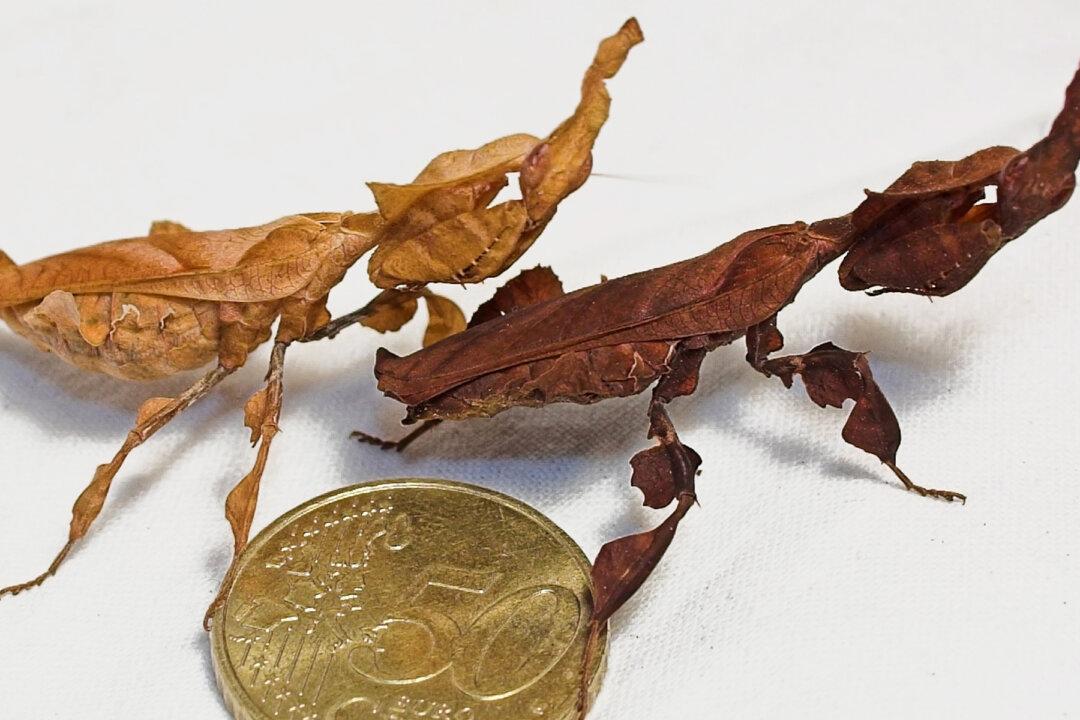As the fantastic movie “Frozen 2” hits the screen, a real creature that comes from deep beneath the Siberian permafrost has scientists even more bewitched and befuddled than movie audiences.
The discovery of a remarkably intact 18,000-year-old puppy northeast of Yakutsk, deep in the heart of Eastern Siberia, might just shed light on the ancient question of the divergent evolution of wolves and dogs.




